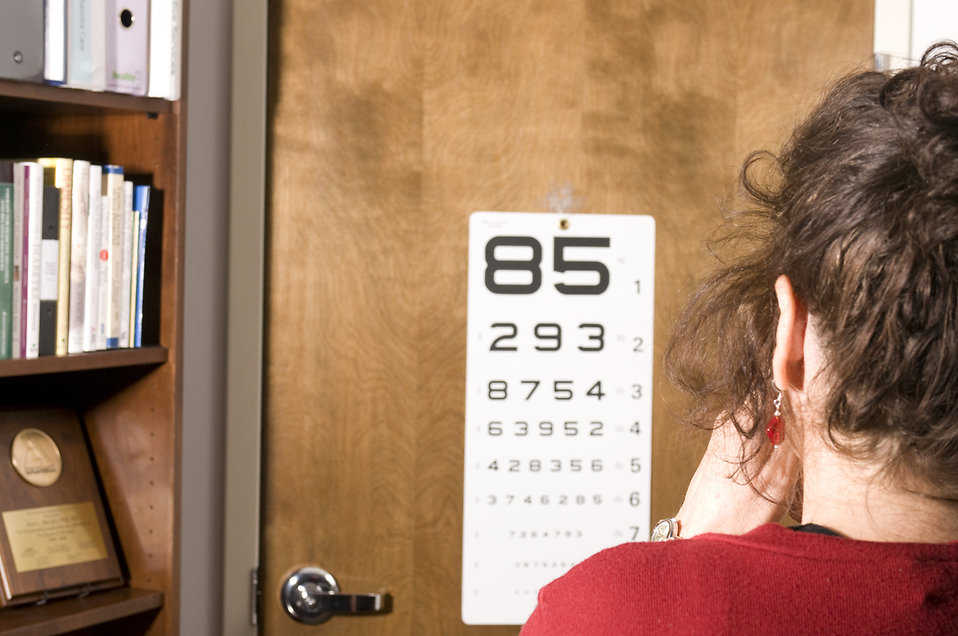News
Non-concussive head impacts may still cause vision problems

One of the least recognized but perhaps most disruptive symptoms after a concussion is vision impairment. While some experience difficulty focusing their eyes after a brain injury, others say they can’t stand to be around harsh lights.
However, it appears it may not require a full-on clinical concussion to cause vision issues. A new study published in JAMA Ophthalmology suggests that even non-concussive head impacts may have short-term effects on vision.
Like the vision changes brought about by concussions, the vision issues from sub-concussive hits are temporary. Still, they could have a significant effect on a person’s performance at school or work, as well as increasing the risk for subsequent head injury.
The findings are particularly notable as several of the leading tools for assessing concussions rely on vision tests. If non-concussive hits have similar effects on vision, it could raise questions about the accuracy of these tests.
“We found unique oculomotor [eye] response to head impacts, and realized that we still have much more to learn about brain response to trauma,” lead researcher Keisuke Kawata said in a university news release.
Kawata is an assistant professor at Indiana University’s School of Public Health-Bloomington.
In the study, the team used a number of systems to monitor the impacts experienced by 12 young football players for signs of concussion, including high-tech impact monitoring tools, vision tests, and more traditional concussion assessment methods.
Specifically, the vision test included an assessment measuring what is referred to as “the near point of convergence,” or the closest point at which a person can focus on an object without experiencing double-vision.
Through their tests, the researchers observed that the near point of convergence for the football players increased by up to a third as the number of sub-concussive head impacts rose. However, the players also seemed to adjust to these vision changes or impacts across the course of the season.
Starting around the mid-point of the season, the researchers observed that the athletes’ near point of convergence began to move back towards its baseline level despite the continued head impacts.
“Based on our previous studies, we thought that near point of convergence would be impaired throughout the entire season,” Kawata said. “Instead, near point of convergence was normalized to the baseline by the last quarter of the season, when players play their hardest to make it to the playoff stage.”
The small study raises a number of questions about how sub-concussive impacts affect the areas of the brain related to vision, but it also brings into doubt the belief that near point of convergence testing could help identify concussions.
“Our study further lays the groundwork for understanding the usefulness—and limitations—of convergence as a clinical biomarker for understanding acute and chronic sub-concussion,” said study co-author Steve Zonner, a sports medicine physician in Washington Township Medical Foundation.



